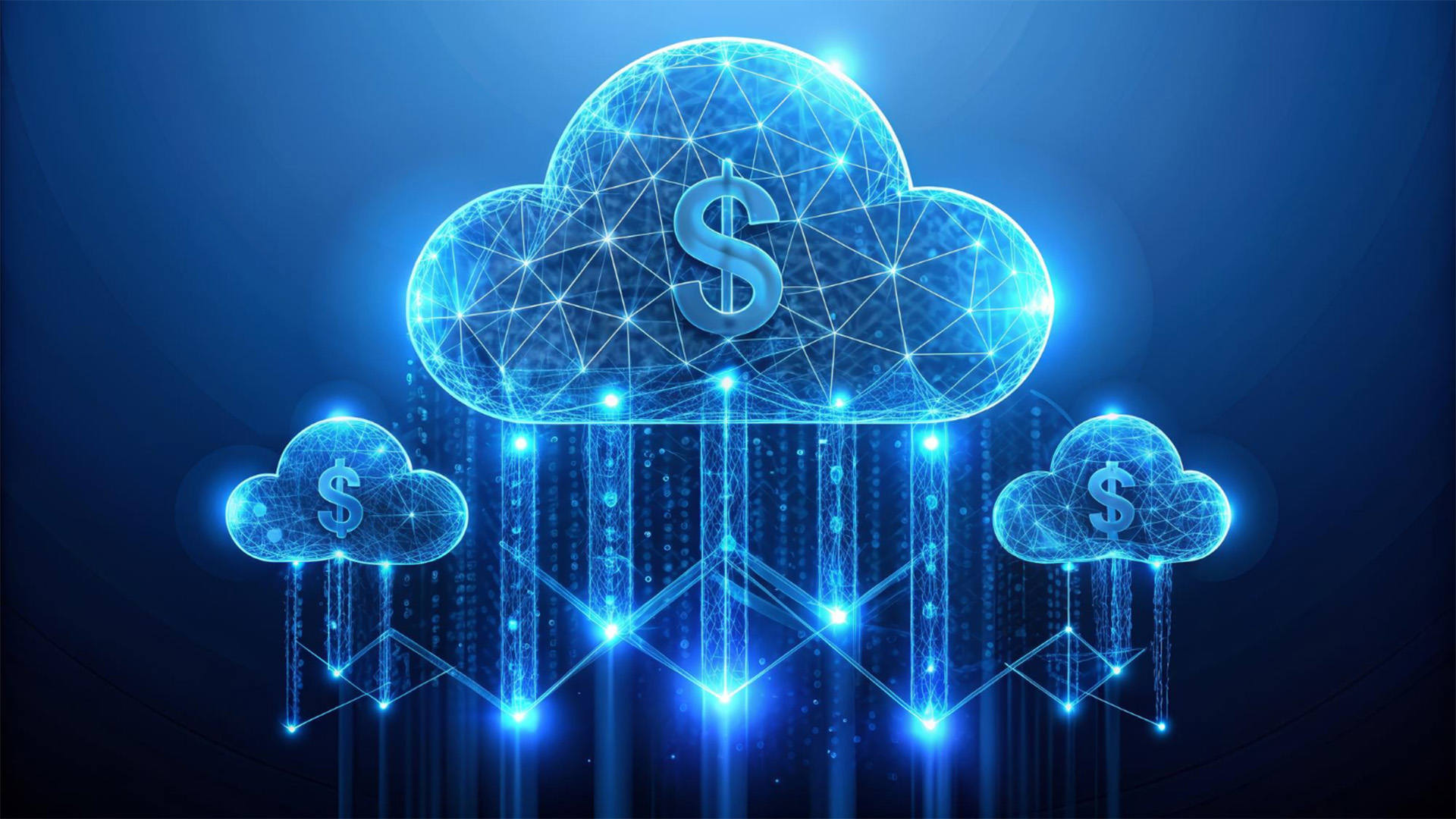What is Cloud Security and Why Does it Matters?
Cloud security is a set of policies, technologies, and controls that are specifically designed to protect data, applications, and infrastructures in the cloud computing environment. It guards your data against cyber threats such as data breaches, unauthorized access, malware, and service disruptions.
With the recent increases in the adoption of automation managed services and Cloud technology, securing digital assets becomes crucial to Cloud computing security. It helps in data protection, regulatory compliance, business continuity, and to build trust with your customers.
Cloud and security are not solely the responsibility of the Cloud provider, but it is shared between cloud provider and customer to ensure cloud security in Cloud computing is optimal.
Saving this read for later? Explore the best practices for cloud security here.

How Does Cloud Security Work?
Cloud computing security works by integrating a multitude of layers of defence in the system which protects data, workloads, applications, and user access. It includes both the customer and the Cloud provider, playing a different set of roles to maintain the cloud information security.
The security implementation in Cloud is:
- Identity and access management (IAM)
- Data protection
- Network Security
- Threat detection and monitoring
- Compliance and governance
- Automation managed services
It is the responsibility of both the Cloud provider and the customer to secure the Cloud.
Cloud provider: Provides security to the physical infrastructure of data zones, infrastructure, networking, and foundational Cloud services.
Customer: Is responsible for securing its own data by having secure user access, configuration, and workload running on the Cloud.
- IaaS is an infrastructure service where the Cloud provider protects hardware virtualization, storage, networking, and the customer secures the OS, applications, data, IAM, and security patches.
- PaaS is a platform service where Cloud provider responsibility is on runtime, middleware OS, infrastructure while the customer’s responsibility is on applications, data, and IAM.
- Saas is a software service where the Cloud security provides safeguard on full stack including applications and the customer takes care of user data, identity or access management.
As automation managed services are becoming more mainstream, modern Cloud practices are continuously evolving toward a “Share Fate” model. It is where the collaboration of providers and customers takes place.
This immensely provides a space to secure default configurations, offer automated security tooling, and guide users toward secure practices. This shift recognizes the outcomes of Cloud security depends on both working in sync.
Cloud Security Risks and Challenges
While Cloud computing security offers many advantages like scalability, flexibility, and cost-efficiency, it also comes with a unique set of challenges. As organisations rely heavily on automation managed services, understanding these risks becomes a crucial part.
- Lack of Visibility: In multi-cloud setups, it often becomes difficult for businesses to maintain full visibility over all resources, data, flows, and user activity. Which adversely makes it difficult to enforce security policies across distributed assets.
- Misconfigurations: This is caused often by lack of standardized setups or human error like open S3 buckets, weak security groups or unrestricted ports which can expose data and services.
- Access Management Issues: This is caused by improper management of access controls or privilege escalation. This is the result of over-permissioned users and a lack of MFA (multi-factor authentication).
- Dynamic and Ephemeral Workloads: While Cloud computing consists of highly dynamic containers, VMs and serverless functions which can be created or terminated within seconds, this often makes it difficult for traditional security tools to keep up with the Cloud. Also, with constant changes, tracking, logging and securing every instance is a challenging task.
- Compliance Concerns: The storing and processing of sensitive data in the cloud must align with legal and industry regulations like GDPR, HIPAA, and PCI-DSS. The compliance gaps can lead to fines and reputation damages. Data residency and sovereignty rules add to the complexity too.
Benefits of Cloud Security
Cloud security in Cloud computing is actively working every second to make sure it deals with risks and challenges in a polished way. It’s not a surprise that Cloud has found so many ways to deal with the risks.
- Enhanced Visibility: It gives real-time monitoring on insights on user activity and data access while subsequently providing information on system behaviour.
- Centralized Security Management: Cloud information security provides complete unified control over security policies, configurations and compliance across all Cloud resources.
- Cost reduction: This minimizes expenses spent on infrastructure and maintenance with scalable Cloud security solutions.
- Robust Data Protection: The safeguarding of sensitive information is done by Cloud and security strong encryption, access control, and backup mechanisms.
- Regulatory Compliance support: This helps businesses meet industry standards and legal requirements with the help of built-in compliance tools in Cloud computing security services.
- Advanced Threat Detection: With evolving cloud information security, it has become an easy task to identify and respond to threats in real time by utilizing AI and machine learning (ML).
Types of Cloud Security Solutions
Cloud security in Cloud computing protects the data and applications in the Cloud by using a variety of tools and technologies. These Cloud and security technologies ensure secure access, prevent data breaches, detect threats in seconds, and maintain compliance.
- Identity and Access Management (IAM): This application controls who can access cloud resources and what activities they can perform in the Cloud by using Authentication and Authorization policies.
- Data Loss Prevention (DLP): This protects sensitive data from being lost, misused, and accessed by unauthorized users, both in transit and rest, hence securing the Cloud.
- Security Information and Event Management (SIEM): The collection, analysis, and correlation of Cloud security data is done by SIEM. It detects threats and ensures quick incident response.
- Public Key Infrastructure (PKI): Securing the Cloud data transmission and verifying identities in the Cloud environment is performed by PKI, using encryption and digital certificates.
Conclusion
Cloud computing security services play a critical role in protecting sensitive data, maintaining business continuity, and ensuring regulatory compliance in today’s modern digital landscape.
With the growing reliance on cloud-based solutions, adopting a comprehensive and proactive security strategy has become essential. It’s easy to get started with cloud and security by exploring and implementing the right mix of services that help industries minimize risks and enhance overall resilience.
At Rapyder, we offer specialized Cloud Security Services designed to safeguard your cloud infrastructure—tailored to your business needs.
At Rapyder, security is always the top priority. From building strategic alliances with global security leaders – explore our partners – to identifying and addressing root causes, we ensure that your cloud infrastructure remains secure at every step. Because when it comes to the cloud, security isn’t just important for today – it’s essential for tomorrow too.
Connect with our Cloud experts and get a free security assessment today – Start Here!







